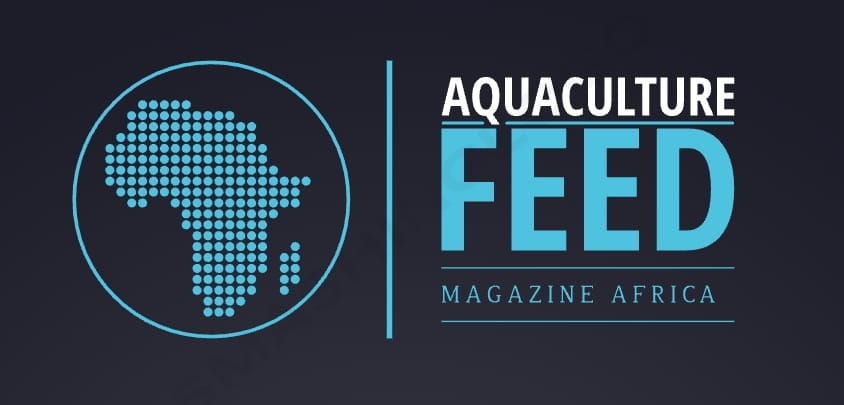LESSONS FROM TILAPIA GENETIC IMPROVEMENT IN AFRICA
The FAO published a case study on the lessons learned during two decades of genetic improvement in Africa; the document reviews the GIANT breeding program in Egypt and shares the experiences and lessons that can help in establishing and implementing selective breeding programs in Africa and anywhere in the world.
Egypt, Ghana, Kenya, Malawi, and Zambia were the first countries in Africa to implement selective breeding programs in line with the GIFT technology, with each case supported by WorldFish and its partners.
The GIFT technology protocols have been applied to develop the Genetically Improved Abbassa Nile Tilapia (GIANT) line in Egypt. GIANT has been the key to the success of the expansion of aquaculture in Egypt.
ESTABLISHING A WELL-MANAGED PROGRAM
Selective breeding programs are expensive to implement and require a long-term commitment of significant human, infrastructure, and financial resources.
THE FIRST STEPS
The main step in establishing a selective breeding program includes deciding on the appropriate structure and scheme. This will be determined by considerations of the biological characteristics of the target species, the commercially important traits, the farming environment, and an examination of the market.
A good program has to manage the expectations of the government and stakeholders in terms of:
expected response to selection;
ability to provide a realistic implementation time; and,
delivering benefits to the industry through an appropriate dissemination strategy.
PHASES AND DRIVERS
The phases and main steps required for a selective breeding program are as follows:
First year
- Prepare a conceptual note on breeding and popularize it among donors, industry stakeholders, and the government;
- Plan and describe the farming environment of the target species and the dissemination system; and,
- Conduct consumer and market preference studies, determine the selection traits, and construct or renovate necessary facilities.
Second and third year
- Collect the founder broodstock from hatcheries and/or nature;
- Assess the presence of diseases, including quarantine;
- Genetic/morphological characterization of collected and cultured individuals, make comparisons across a range of farming environments to determine which types should be cultured;
- Develop and apply a selection index based on important traits, and predict response to selection.
Fourth year
- Production of the founder population (G0); and,
- Select the best fish as progenitors of G1.
Fifth year
- Production of G1, selecting the fish with the best performance;
- On-farm studies to determine performance under current farming conditions.
Sixth year
- Production of G2;
- Estimation of response;
- On-farm studies.
Seventh year
- Production of G3 and dissemination of G2 to broodstock multiplication centers;
- Estimation of response;
- On-farm studies.
Eighth year
- Production of G4 and dissemination of G2 to producers;
- Estimation of response;
- On-farm studies;
- Dissemination of G3 to broodstock multiplication centers.
The sequence of steps is repeated in the following years with the new generations.
RESULTS OF THE EGYPT EXPERIMENT
The main results of the GIANT selective breeding program implemented in Egypt are:
- Good performance of the selective breeding program, achieving a 30% improvement in growth rate compared to other commercial lines.
- Fish farmers who planted GIANT had on average higher sales than those planted with commercial lines (US$ 5567/ha versus US$5192/ha).
- Fish farmers who received the improved seed were also trained in Best Management Practices.
However, there were also some challenges that affected the full implementation of the program:
- Insufficient number of experts to manage the program.
- Lack of funds led to gaps in the production of additional generations.
- Difficulties in planning a nationwide dissemination program due to lack of facilities and sufficient financial resources.
LESSONS LEARNED
Several lessons from the Egypt experience can be applied to other selective breeding programs worldwide:
- A well-thought-out dissemination plan is needed at the start of the breeding program to ensure timely release of broodstock and fry to hatcheries and growers. The breeding nucleus must be connected to a series of broodstock multiplication centers (BMCs) selected from national aquaculture research stations and private sector hatcheries.
- A minimum level of facilities is required before the start of a selective breeding program; this should include quarantine facilities at the nucleus center, breeding and rearing facilities, and testing facilities.
- There is a need to establish a capacity building program at the broodstock multiplication centers.
Reference (open access)
FAO. 2023. Lessons from two decades of tilapia genetic improvement in Africa– Genetics in aquaculture. A case study. Rome. https://doi.org/10.4060/cc4618en

